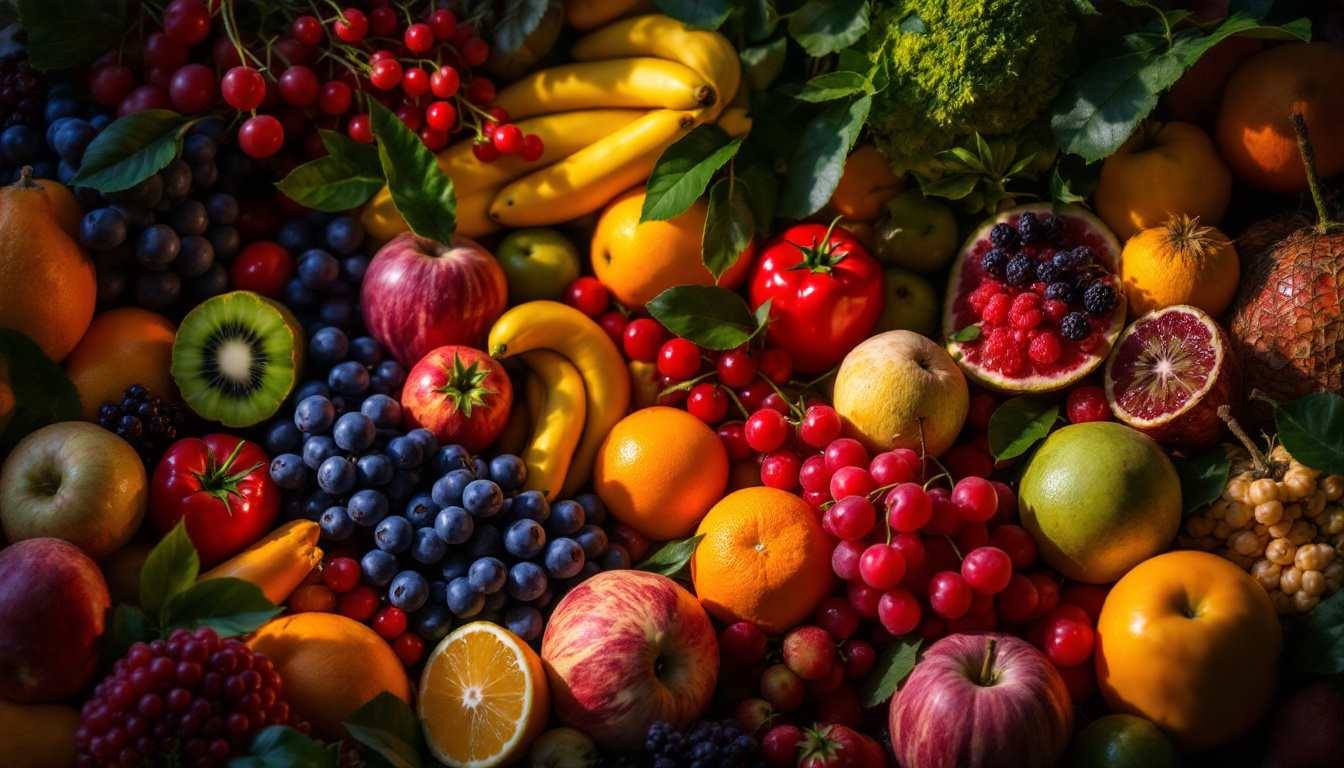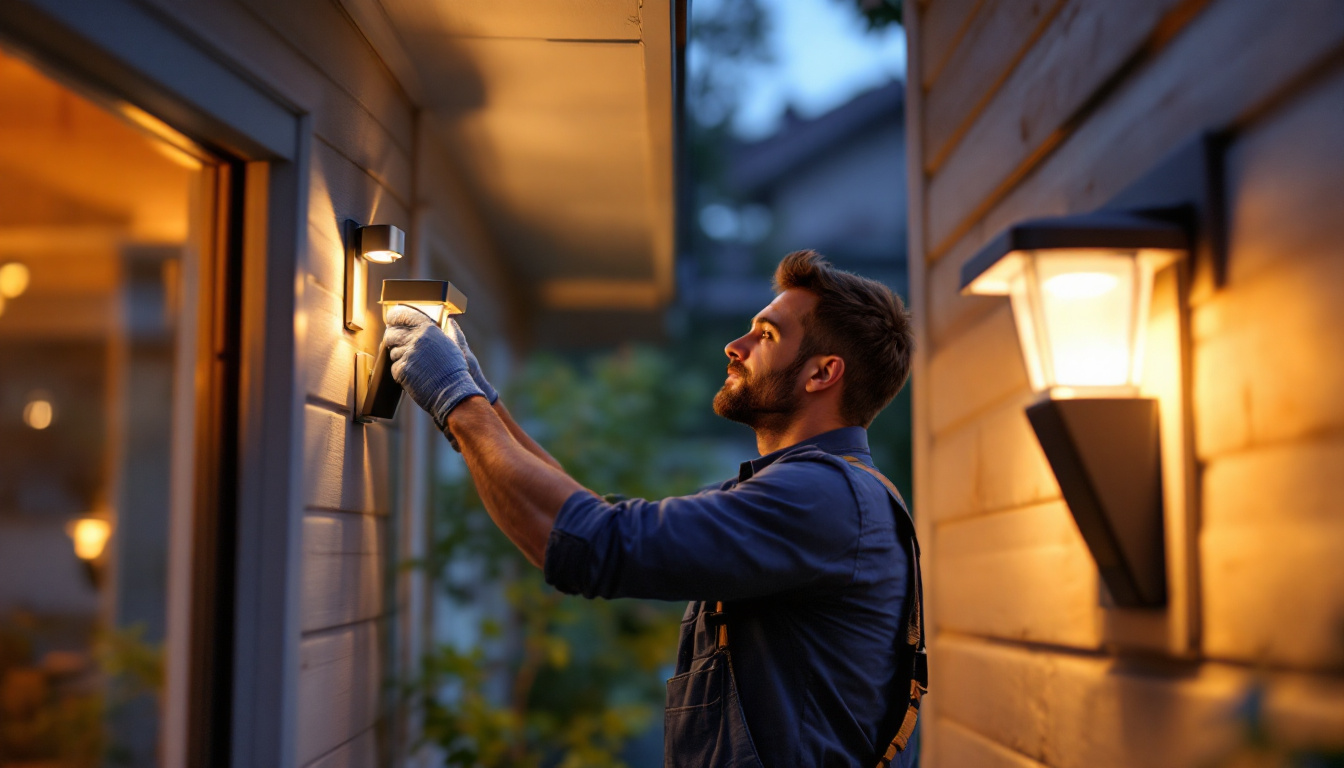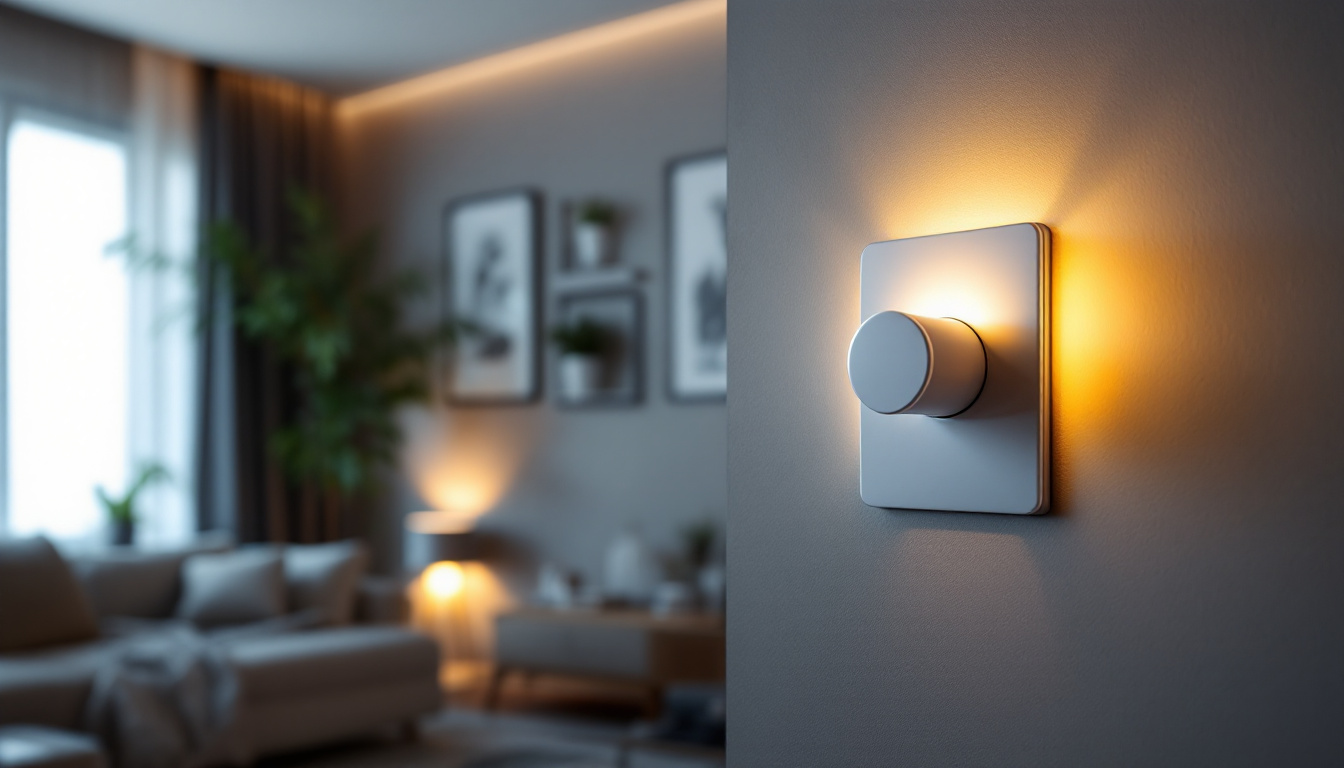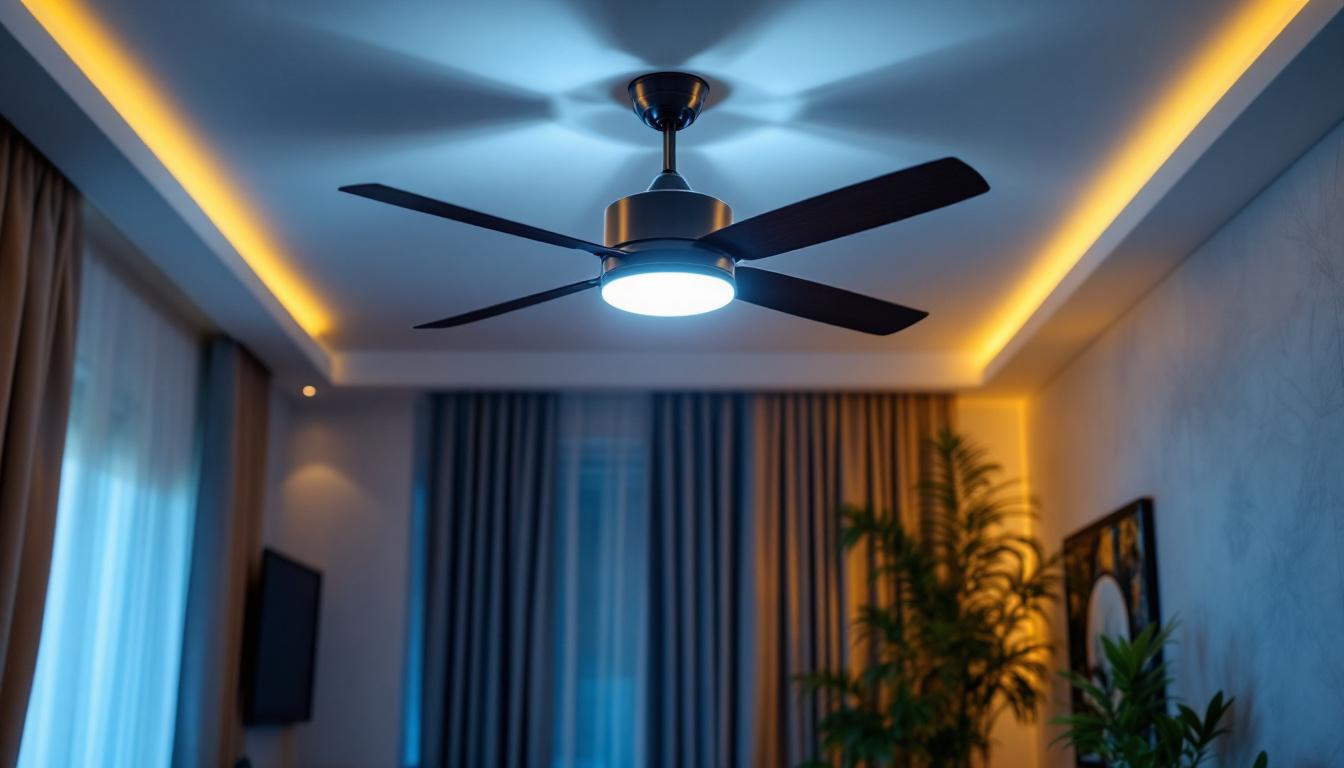
In the world of lighting design, the term “lighting fruits” refers to the various elements and techniques that can be utilized to enhance the visual appeal and functionality of a space. For lighting contractors, mastering these elements is essential to delivering outstanding results that meet client expectations. This article delves into the intricacies of lighting fruits, offering insights and practical tips for lighting contractors looking to elevate their craft.
Lighting fruits encompass a range of techniques, tools, and fixtures that contribute to the overall aesthetic and effectiveness of lighting in a given environment. This concept is not just about illuminating a space but about creating an atmosphere that resonates with the intended use of that space. The right lighting can transform a mundane area into a vibrant one, influencing not only how we perceive the space but also how we feel within it. From the subtle glow of a bedside lamp to the dramatic effects of theatrical lighting, the possibilities are endless.
For lighting contractors, understanding the nuances of lighting fruits can lead to more innovative designs and satisfied clients. This knowledge allows contractors to select the right fixtures, colors, and placement strategies that enhance the visual appeal while serving practical purposes. Furthermore, staying updated with the latest trends and technologies in lighting can empower contractors to offer solutions that are not only aesthetically pleasing but also energy-efficient, thus appealing to environmentally conscious clients.
Color temperature plays a pivotal role in the perception of a space. Measured in Kelvin (K), it determines whether a light appears warm (yellowish) or cool (bluish). For instance, a warm light (around 2700K) creates a cozy and inviting atmosphere, ideal for residential settings. In contrast, cooler lights (5000K and above) are often preferred in commercial environments where clarity and focus are paramount. The psychological effects of color temperature are profound; warm light can promote relaxation and comfort, while cooler tones can enhance alertness and concentration.
Lighting contractors must be adept at choosing the right color temperature based on the function of the space. Understanding how different temperatures affect mood and productivity can significantly enhance the quality of the lighting design. For example, in a creative workspace, a balance of warm and cool lighting can stimulate creativity while providing areas for relaxation. Additionally, the use of adjustable color temperature fixtures allows for flexibility, enabling spaces to adapt to various activities throughout the day.
Layering light is a fundamental technique that involves combining different types of lighting—ambient, task, and accent—to create a balanced and dynamic environment. Ambient lighting provides general illumination, while task lighting focuses on specific areas where activities occur, such as reading or cooking. Accent lighting, on the other hand, highlights particular features or objects, adding depth and interest to the overall design. This multi-faceted approach not only enhances the functionality of a space but also allows for a more personalized and engaging experience.
By mastering the art of layering light, contractors can create versatile spaces that cater to various needs. This approach not only enhances functionality but also adds a level of sophistication to the design. For instance, in a dining room, a combination of a central chandelier for ambient light, wall sconces for accent lighting, and table lamps for task lighting can create an inviting atmosphere that is perfect for both casual meals and formal gatherings. Moreover, the strategic placement of dimmers allows clients to adjust the intensity of light, further customizing the ambiance to suit different occasions and moods.
The selection of fixtures is a critical aspect of lighting design. The right fixtures can transform a space, while the wrong ones can detract from its beauty. Lighting contractors must consider factors such as style, size, and purpose when choosing fixtures.
In addition to aesthetics, energy efficiency is becoming increasingly important. With the rise of LED technology, contractors have the opportunity to offer clients sustainable solutions that reduce energy consumption without compromising on quality.
There are various types of lighting fixtures available, each serving a unique purpose. Ceiling-mounted fixtures, such as chandeliers and pendant lights, are popular for providing ambient lighting. Wall sconces can add both functional and decorative elements, while recessed lighting offers a sleek and modern look.
Task lighting fixtures, like desk lamps and under-cabinet lights, are essential for areas where focused light is needed. Accent lighting options, such as track lighting and spotlights, can be used to draw attention to artwork or architectural features.
As technology evolves, so do the options available to lighting contractors. Smart lighting systems, for instance, allow for greater control over lighting conditions, enabling users to adjust brightness and color temperature through mobile apps or voice commands. This not only enhances convenience but also allows for customization based on individual preferences.
Additionally, advancements in LED technology have led to the development of more versatile and efficient fixtures. These innovations provide contractors with the tools needed to create stunning designs while adhering to energy efficiency standards.
Each space presents its own unique challenges and opportunities when it comes to lighting design. Understanding the specific needs of different environments is crucial for lighting contractors aiming to deliver exceptional results.
Whether designing for residential, commercial, or outdoor spaces, contractors must adapt their approach to suit the intended use and aesthetic of each area. This adaptability is what sets successful lighting contractors apart from the rest.
In residential settings, lighting should enhance comfort and functionality. Living rooms, for example, benefit from a combination of ambient and accent lighting to create a warm and inviting atmosphere. Bedrooms, on the other hand, may require softer, dimmable options to promote relaxation.
Kitchen and dining areas often require brighter task lighting for cooking and dining activities. Here, under-cabinet lighting can be particularly effective in providing focused illumination without overwhelming the space.
Commercial environments often demand a different approach to lighting design. The focus here is typically on functionality and efficiency. For instance, offices benefit from bright, even lighting that reduces eye strain and enhances productivity. Conference rooms may require adjustable lighting to accommodate various activities, from presentations to casual meetings.
Retail spaces also require careful consideration. Lighting can significantly influence consumer behavior, making it essential to highlight products effectively while creating an inviting atmosphere. Accent lighting can be particularly useful in drawing attention to featured items or displays.
Outdoor lighting design presents its own set of challenges and opportunities. Safety and security are paramount, but aesthetics should not be overlooked. Pathway lighting, for instance, can enhance safety while also adding charm to outdoor spaces.
landscape lighting can transform gardens and yards into enchanting retreats after dark. By using a combination of uplighting and downlighting, contractors can highlight trees, shrubs, and architectural features, creating a beautiful outdoor environment.
Effective communication with clients is vital for lighting contractors. Understanding their vision, preferences, and budget is essential for delivering a successful project. This collaboration not only ensures that the final design meets expectations but also fosters a positive working relationship.
Contractors should take the time to educate clients about the various lighting options available, helping them make informed decisions. Providing visual aids, such as mood boards or 3D renderings, can be particularly effective in conveying design concepts.
Setting realistic expectations is crucial in any project. Lighting contractors should communicate potential challenges, timelines, and costs clearly to avoid misunderstandings down the line. By being transparent about the process, contractors can build trust and confidence with their clients.
Additionally, discussing maintenance and longevity of fixtures can help clients understand the long-term benefits of their investment. This knowledge can lead to greater satisfaction and referrals in the future.
After the completion of a project, seeking feedback from clients is essential. This not only demonstrates a commitment to quality but also provides valuable insights for future projects. Understanding what worked well and what could be improved allows contractors to refine their approach continually.
Adaptation is key in the ever-evolving field of lighting design. By staying open to feedback and willing to make adjustments, contractors can enhance their skills and deliver even better results in the future.
The lighting industry is constantly evolving, with new trends and technologies emerging regularly. For lighting contractors, staying current with these developments is essential for maintaining a competitive edge.
Attending industry conferences, workshops, and trade shows can provide valuable insights into the latest products and techniques. Networking with other professionals can also foster collaboration and inspire new ideas.
As sustainability becomes increasingly important in all aspects of design, lighting contractors must embrace eco-friendly practices. This includes using energy-efficient fixtures, such as LEDs, and considering the environmental impact of materials used in lighting design.
Educating clients about the benefits of sustainable lighting solutions can also enhance a contractor’s reputation. Clients are often more inclined to choose contractors who prioritize eco-friendly practices, leading to more business opportunities.
Innovation is at the heart of great lighting design. Contractors should be willing to experiment with new techniques and styles, pushing the boundaries of traditional lighting concepts. This could involve integrating smart technology, exploring unconventional fixture designs, or utilizing unique materials.
By fostering a culture of creativity and exploration, lighting contractors can set themselves apart in a competitive market, attracting clients who are looking for cutting-edge solutions.
Mastering the art of lighting fruits is essential for lighting contractors aiming to excel in their field. By understanding the various elements of lighting design, choosing the right fixtures, and adapting to different spaces, contractors can create stunning environments that meet the diverse needs of their clients.
Effective communication, collaboration, and a commitment to staying current with industry trends will further enhance a contractor’s ability to deliver exceptional results. As the lighting industry continues to evolve, embracing innovation and sustainability will be key to long-term success.
Ultimately, the mastery of lighting fruits not only enhances the beauty and functionality of spaces but also elevates the role of lighting contractors as essential contributors to the design and construction process.
Ready to take your lighting designs to the next level? At LumenWholesale, we provide lighting contractors with the highest quality, spec-grade lighting products at prices that can’t be beaten. Say goodbye to local distributor markups and hello to our extensive selection that meets rigorous industry standards. With free shipping on bulk orders, you can trust that you’re getting premium lighting at the best value, with no hidden fees. Elevate your lighting projects by choosing LumenWholesale, where quality, affordability, and convenience come together seamlessly. Explore our wholesale lighting options now and master the art of lighting fruits with confidence.

Discover how motion porch lights are revolutionizing the lighting industry and becoming a cornerstone of success for contractors.

Discover how a light switch dimmer can revolutionize your lighting installation projects by enhancing ambiance, energy efficiency, and customization.

Discover the latest trends in LED studio lights that every lighting contractor needs to know.

Discover why choosing the right ceiling fans with lights is crucial for lighting contractors.